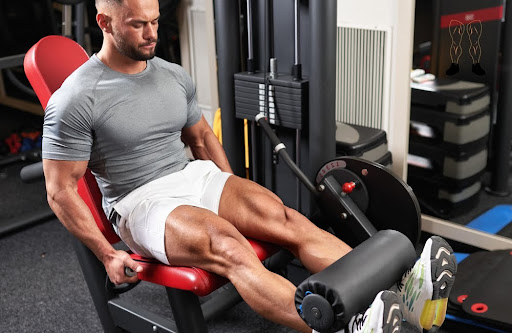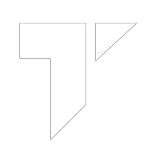Leg day isn’t just about following some cookie-cutter plan—it’s about mixing in just the right amount of hard work, smart techniques, and proper recovery, all with a dash of science to keep things on track. Here’s a down-to-earth look at a leg workout plan that hits the perfect balance between challenge and recovery.
Warming up for leg day
Never jump into a heavy workout without properly warming up. Leg day always begins with a dynamic warm-up lasting around 10 to 15 minutes. This isn’t just a quick jog or a few stretches—it is a combination of dynamic movements, mobility drills, and some light cardio to get every joint and muscle ready for the work ahead. The goal is simple: prepare the body to handle intense loads and reduce the risk of injury.

Compound movements
Once hwarmed up, move on to the heavy compound exercises that form the core of leg day training. Squats are the bread and butter—back squats, front squats, and even pause squats feature prominently. Each variation challenges the muscles in a slightly different way, ensuring maximum engagement and depth.
The focus isn’t merely on piling on the weight; it’s on controlled, precise movements that build both strength and muscle mass.Following squats, integrate lunges and step-ups into his routine. These movements help address any strength imbalances between legs while boosting stability and coordination. Typically, works in sets of three to four, with rep ranges shifting from low (for strength) to high (for endurance). This blend of heavy and high-rep sets keeps the workout both challenging and effective.
Targeted muscle work
After the intense compound movements, shift gears to focus on isolation exercises. This phase is all about sculpting—targeting the quadriceps, hamstrings, and calves individually to refine muscle definition. Leg extensions and hamstring curls are the go-to moves. Performed with controlled speed and strict form, these exercises ensure that every muscle fiber gets a thorough workout.
To round out the leg day, include calf raises and hip abductor exercises. These smaller muscle groups often don’t get enough attention in typical leg workouts, balanced development is key to overall strength.
For a closer look at isolation techniques that complement heavy lifts, Visit our homepage here.

Adding explosive power to your leg day
Leg day isn’t just about lifting weights slowly; it’s also about building explosive power. Incorporate plyometric drills such as box jumps and lateral bounds into the routine. These explosive movements boost power, improve coordination, and enhance overall athleticism. They also serve as a fun way to break the monotony of heavy lifting by adding a burst of dynamic energy to the workout.
In addition to plyometrics, throw in some core stabilization exercises—think planks and side planks—to ensure that the strength from the legs transfers efficiently through the entire body. This combination of explosive and stabilizing work is a hallmark of a comprehensive approach for this type of training.
The unsung heroes
Nutrition plays an equally critical role in this regimen. The emphasis on the importance of fueling the body correctly after an intense session cannot be stated enough. Post-workout meal should be a balanced mix of protein, complex carbohydrates, and healthy fats, designed to replenish energy stores and promote muscle repair.
Leg day workouts are a testament to the blend of intensity, precision, and smart recovery. The routine isn’t just about building massive legs—it’s about creating a balanced, powerful lower body that supports overall athletic performance. Whether you’re a seasoned lifter or just looking to shake up your workout, there’s a lot to learn from his approach to leg training.

